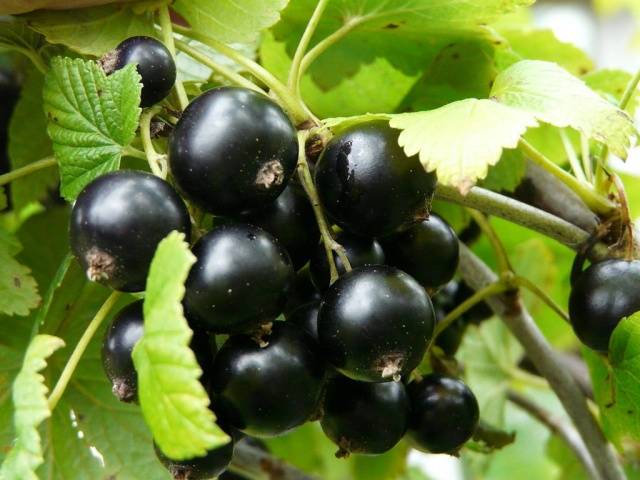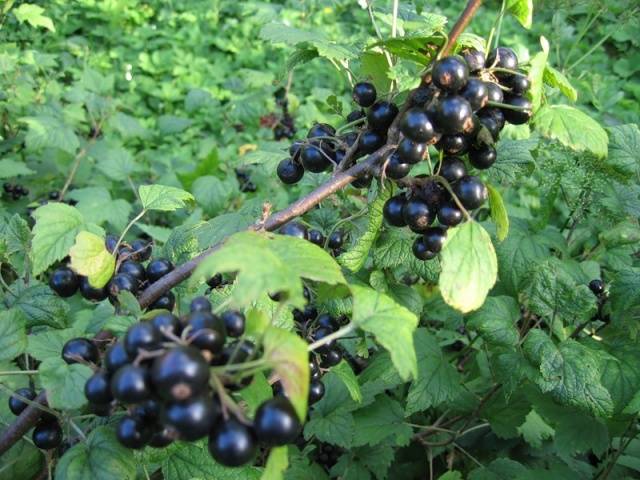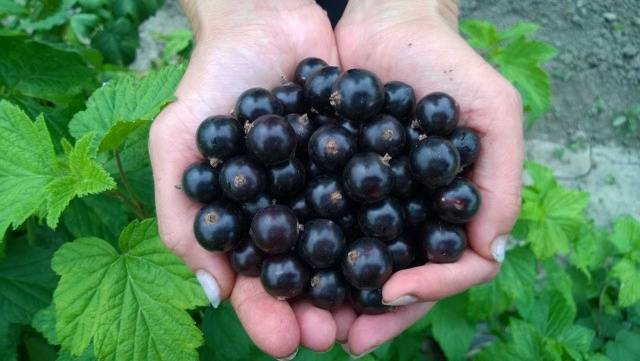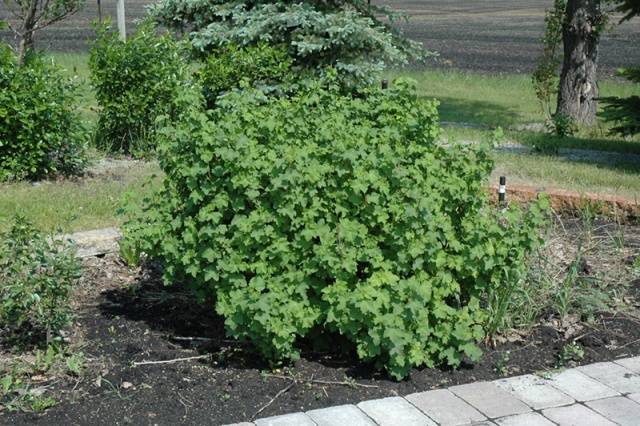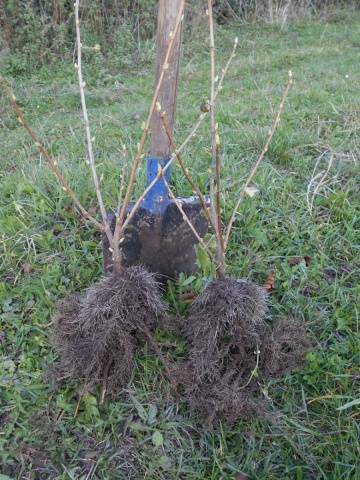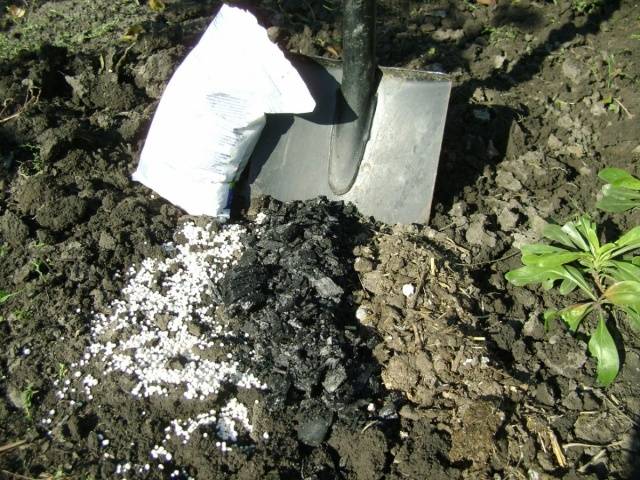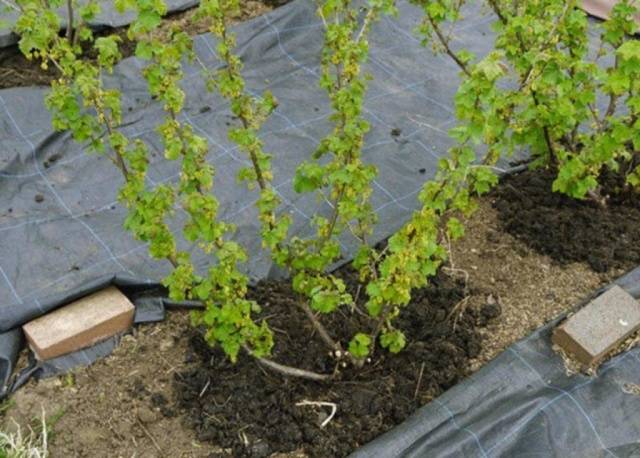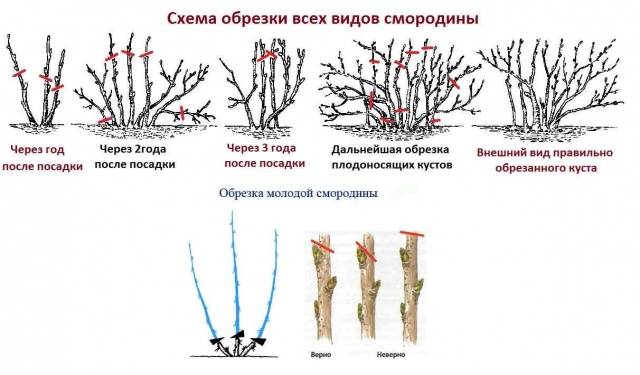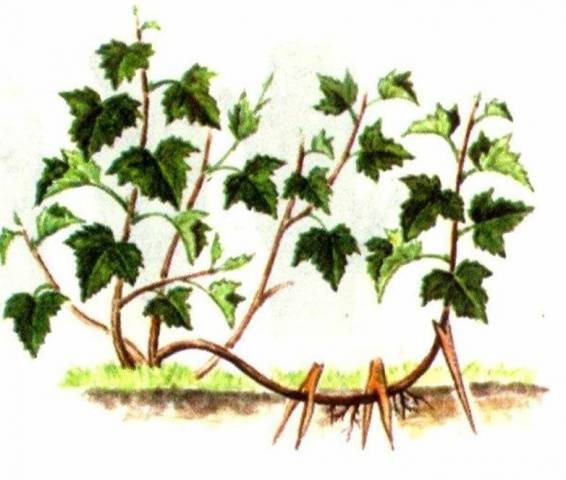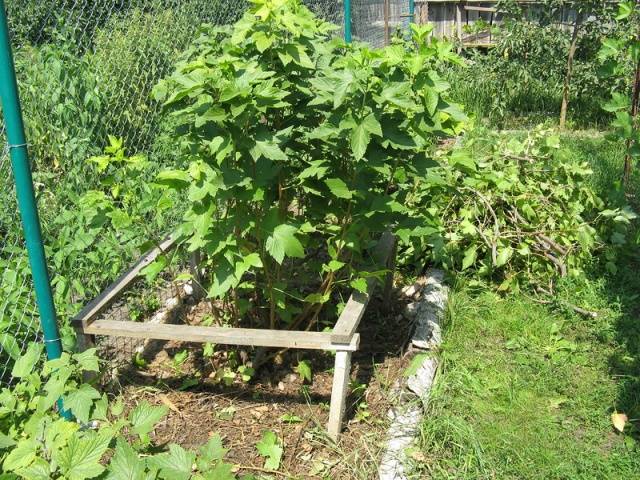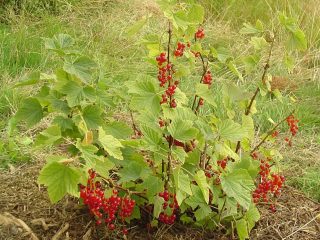Content
Black currant is one of the most delicious and healthy berries in the garden. Probably, at every summer cottage there is at least one bush of this culture. Modern selection includes more than two hundred varieties of black currant, among them there are both foreign and very successful domestic hybrids. One of the best developments of Russian scientists is the Valovaya variety. This currant has a lot of advantages, the most important of them are considered to be high yield and resistance to external factors (ranging from climatic and weather conditions and ending with immunity to dangerous infections). Definitely, the currant of the Valovaya variety deserves the closest attention, its qualities are quite enough to become the favorite of a gardener and summer resident.
Description of the currant variety Valovaya, with photos and reviews of farmers is given in this article. Novice gardeners will find recommendations for planting and caring for a crop, learn how to propagate it.
Variety characteristics
The "Gross" currant variety was "born" back in 1998. Despite the huge assortment of more modern hybrids and varieties, Gross remains one of the most popular crops and is successfully grown in a wide variety of volumes.
Blackcurrant was bred at the Russian Institute of Selection and Technology... To obtain a new species, the well-known Large currant was pollinated with the pollen of such hybrids as Bredthorpe and Khludovskaya. The resulting variety Valovaya belongs to the Kryzhovnikov family.
Description of the variety Valovaya:
- bushes are medium-sized and medium-leafy, but rather spreading;
- the thickness of the shoots is average, the young branches are colored green, the old ones are brown;
- no pubescence on the shoots;
- the shape of the leaves can be either five-lobed or three-lobed;
- the size of the leaves is medium, the shade is matte green, there is a small fluff on the back;
- a characteristic feature of the Valovaya variety is wrinkling and even convexity of the leaves;
- the root system of black currant is very well developed, the length of old roots can be 150 cm or more;
- the inflorescences are bisexual, therefore the Gross culture is considered self-fertile;
- the size of the flowers is large, their shade is pink, the shape is saucer-shaped;
- the length of each cluster with berries is 8-10 cm;
- petioles on racemes of medium thickness, green;
- the shape of the currant berries is round, the surface is glossy, the size of the fruits is large;
- the average weight of berries is 1.5 grams, fruits are found and weighing 2.5 grams each;
- the taste qualities of the Valovaya variety are excellent - the pulp is dense, the aroma is strong, a pleasant sweet-sour taste;
- the commercial qualities of black currant are good, all the berries are beautiful about the same size and shape;
- the separation of berries is dry, so they do not drain, withstand transportation;
- the yield of the variety is high - from 3 to 4 kg from each bush;
- the plant has a long "life" - about 25 years;
- the peak yield falls on 3-4 years of fruiting, then the volumes gradually decrease;
- early ripening - currant berries ripen in early July;
- from the moment of flowering to ripeness of the fruit, it usually takes 35-40 days (the exact time depends on weather conditions);
- Gross is considered a frost-resistant variety - this culture will withstand a temperature drop to -35 degrees without shelter;
- summer heat, short drought are not terrible for the variety;
- currants have excellent immunity to anthracnose, powdery mildew and kidney mites - the most dangerous diseases of the culture.
Advantages and disadvantages
Reviews of currant Gross are the most positive: gardeners and summer residents love this culture and rarely replace it with more modern varieties. It is profitable to grow this variety of black currant both in summer cottages and on an industrial scale - Gross has a lot of strengths.
Pros of domestic black currant:
- high productivity;
- resistance to weather conditions;
- excellent frost resistance;
- immunity to the most common infections;
- good commercial qualities;
- large berry sizes;
- long growing season;
- early maturation;
- self-fertility;
- excellent taste and strong aroma.
The Russian variety has no major flaws. Some gardeners report a decrease in yield as the bush "matures". As practice shows, the number of fruits in Gross over the years decreases quite slightly and, all the same, the yield remains at a decent level.
Growing features
Gross currant is completely unpretentious, and it must be grown in the same way as any other variety of black-fruited crops. One of the qualities of this variety is the simplicity of the type and composition of the soil: with proper feeding, you can grow Gross currant on almost any land.
Shrub planting
There is nothing difficult in planting currant bushes, the most important thing in this matter is to acquire high-quality varietal seedlings. You should buy planting material in good nurseries, then the result will please.
Shrubs of the Valovaya variety cannot be called compact, they are low, but spreading. Therefore, the interval between neighboring plants must correspond: at least two meters, otherwise it will be inconvenient to take care of the crop.
It is better to prepare pits for planting bushes in advance and fill them with fertilizers, at least a couple of months in advance. The dimensions of the holes for the Valovaya variety are small: 50x50x50 cm.It is recommended to pour a complex of fertilizers into each hole:
- 1 bucket of humus or compost;
- two handfuls of superphosphate;
- half a glass of potassium salt;
- about a liter of wood ash.
Gross currants can be planted both in spring and autumn. Given the good frost resistance of this variety, in most of the country, autumn planting of a shrub is preferable: the roots must have time to take root, and the young plant will not burn out under the hot summer rays.
During the planting process, the soil in the pit is watered abundantly. The roots of Gross are carefully straightened and follow their direction: the roots should not "look" up. After the plant is planted, the ground around it must be mulched (with organic material or, in extreme cases, just with dry soil).
If the planting was carried out correctly, the first berries will ripen on the bushes in a year.
Competent care
It is not difficult to take care of the Valovaya currant variety, because it is completely unpretentious. The gardener will require the same actions as in relation to any other currant bushes:
- Watering during periods of prolonged drought.To prevent the water from spreading, it is recommended to make a small side around the currant trunk circle. At the stage of forming and pouring berries, the number of waterings can be increased. When the berry begins to turn black, it is better not to water the plant - the fruits may crack.
- The soil under the bush should be loosen after every rain or before watering. Mulch will help to facilitate the care of currants, it will retain moisture in the soil and prevent the formation of a crust, overgrowth weeds.
- Top dressing Gross currants must be carried out correctly. Organic fertilizers are needed for a black-fruited culture a little, because their excess will only lead to an increase in green mass. It is enough to add organic matter once every three years, it is better to do it in the fall. Mineral fertilizers are recommended to be used in spring, fertilizing with them should be annual.
- In order for the Gross to bear fruit for a long time, and its yield does not drop sharply, the bush must be correctly trim. In the first five years after planting, the currants need formative pruning, during which every spring all but the 3-4 largest shoots are cut out. From the sixth year of "life" the oldest branches are cut out from Valovaya, leaving instead of them large young shoots - the number of cut and abandoned branches should be the same. Such replacement of shoots contributes to the rejuvenation of the shrub, the yield of berries does not fall.
- Variety Valovaya is resistant to currant diseases, but pests can cause great harm to the shrub. Therefore, in late autumn and early spring, the soil under the currants must be dug up, the top layer of soil or mulch must be replaced. As a preventive measure, it is recommended spray Gross bushes with chemical and insecticidal preparations, you can use folk remedies (for example, water the plants with boiling water in early spring).
Reproduction of culture
Variety Valovaya reproduces very easily: even one purchased bush in a few years can turn into a whole plantation of black currant. Branches of spreading bushes often lie on the ground, and if the soil is not regularly loosened, they take root and become independent plants.
A low-lying branch can be deliberately lowered to the ground and dug in - after a while roots will appear, and the bush can be separated from the mother plant (it is better to do this in spring).
Feedback
Conclusion
The attractiveness of the fruits of the Gross Currant is confirmed by the photo - the love of gardeners for this variety is fully justified. In addition to the good taste and large size of the berries, the culture also has a lot of advantages, including resistance to drought, frost and infections. The gross is unpretentious, there are usually no difficulties with growing, reproducing and caring for this currant.
